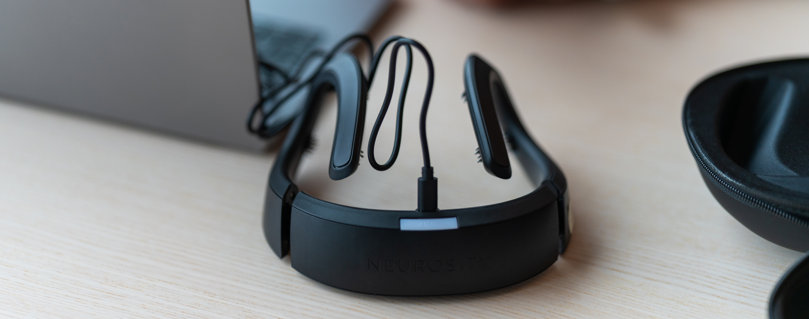A BTH researcher helps companies organise their work efficiently

As the pandemic swept in and fundamentally changed the world of work, Darja Šmite, Professor of Software Engineering at BTH, suddenly found herself at the centre of companies looking for new ways to organise their work. With years of experience in distributed and virtual collaboration, her hybrid and remote working expertise became highly sought after.
Now, through her ‘Workflex’ project, Darja is taking the research further – with insights that could shape future workplaces. KKS funds the project, and it will run until 2025.
“All of a sudden, my skills were in high demand. It was exciting to help companies navigate this new reality,” says Darja.
Companies want guidance
In the ‘Workflex’ project, she is working with some of the most prominent players in the market – Spotify, Telenor and Ericsson. But their attitudes to teleworking vary widely. One company has fully embraced remote working, while the other two focus on office-based solutions, believing that close human contact is crucial to success. Darja is clear that there is no one-size-fits-all solution.
“Every company has different needs and cultures, so there is no obvious choice regarding teleworking,” she explains. Whatever route you choose, there are significant challenges”.
The companies involved in Darja’s project do so to get guidance on how best to structure their working practices. It is particularly interesting for those companies that deal with so-called ‘knowledge work’, where the balance between individual and collective team effectiveness plays a key role.
“Teleworking is not easy to research because it has different effects. It can lead to very positive experiences for some employees and very negative experiences for others. It is often more favourable for individuals and unfavourable for workgroups”.
Hybrid meetings do not work
Darja and her colleagues are studying different aspects of remote working – individual well-being, working hours, team collaboration, and even how meetings should be conducted to be effective.
“Many people may have a sense of what is effective or not, but no evidence that this is the case. Our studies show that hybrid meetings, where some people participate digitally and others physically, rarely work. There is a clash of formats with remote participants as second-class citizens. Companies that invest in a clear meeting structure – either fully digital or entirely physical – see better results”, says Darja.
To provide evidence on which meeting format is best linked to the meeting’s objectives, Darja and her team use several innovative tools that measure engagement and focus during meetings. Using a wristwatch that records heart rate and body temperature and a headband that measures brain activity, they can accurately determine when participants are engaged or distracted.
With her progress, Darja hopes to attract more companies to her project and get additional funding to continue her research. She also hopes to write a book that explains her findings and can become a practical guide for companies facing the new challenges of working life.
26 November 2024